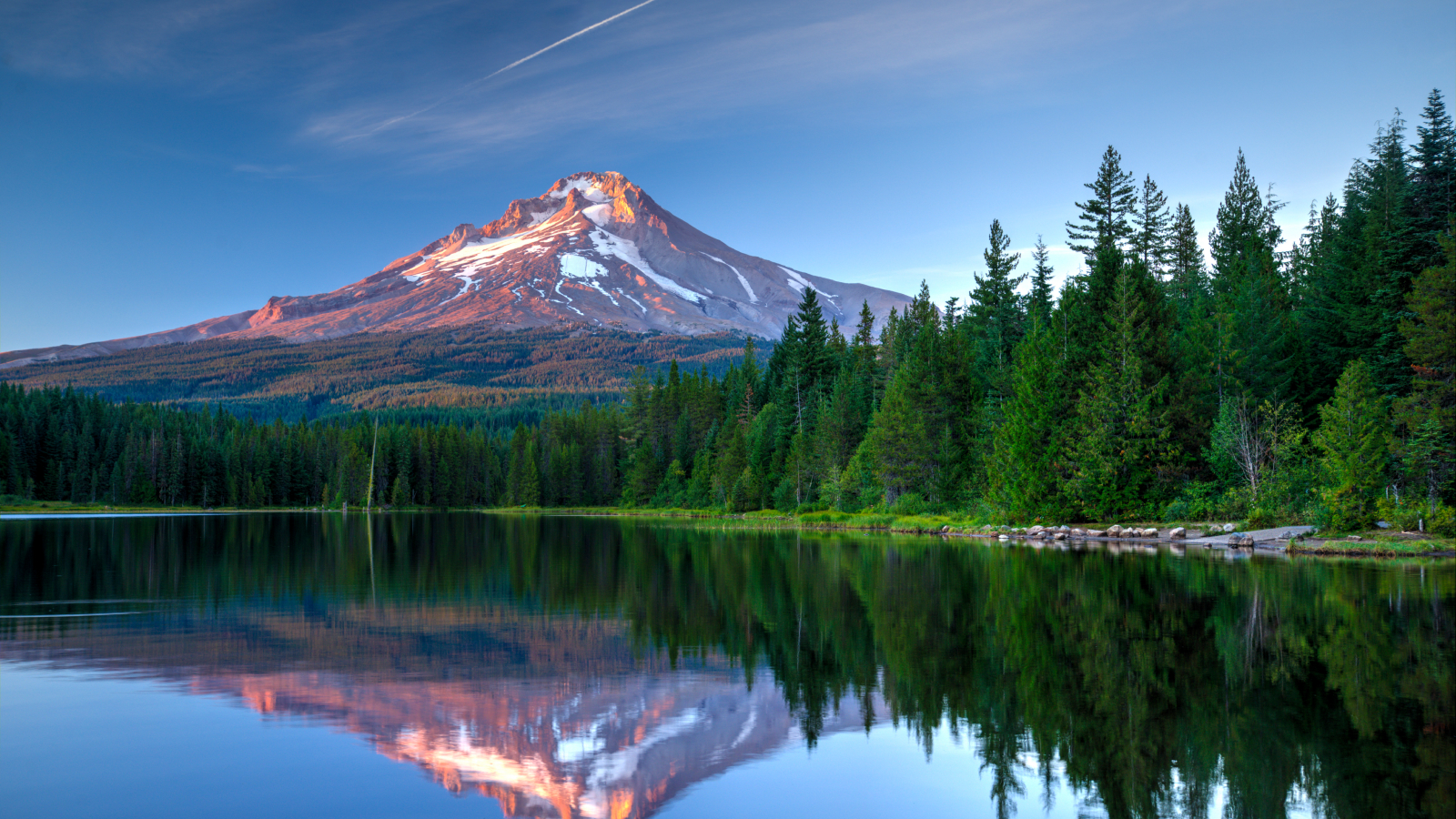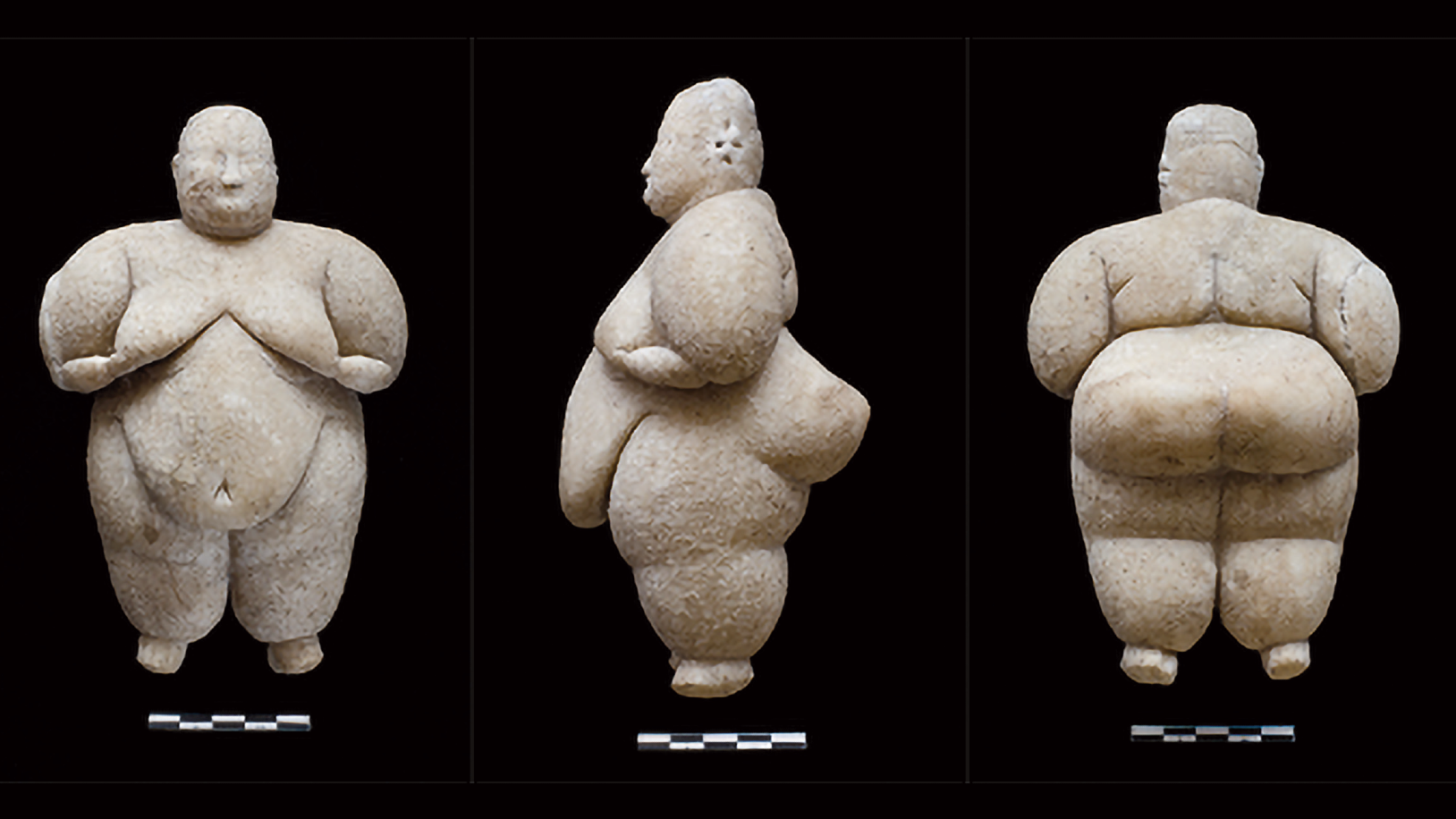Scientists discover enormous reservoir hidden in Cascades — more than twice the amount of water in Lake Mead
An enormous water reservoir — likely the largest aquifer of its kind in on Earth — sits inside the volcanic rocks of the Oregon Cascades, scientists have revealed.

A hidden reservoir of groundwater more than twice the size of Lake Mead is buried inside the Oregon Cascades, a new study reports.
Scientists found that the underground aquifer holds at least 19.4 cubic miles (81 cubic kilometers) of water below the surface of the mountain range. The finding could impact both water use and scientists' understanding of volcanic processes in the region.
"It is a continental-size lake stored in the rocks at the top of the mountains, like a big water tower," study co-author Leif Karlstrom, an Earth scientist at the University of Oregon, said in a statement. "That there are similar large volcanic aquifers north of the Columbia Gorge and near Mount Shasta likely make the Cascade Range the largest aquifer of its kind in the world."
The Cascade mountain range extends for about 700 miles (1,100 kilometers) from Northern California to British Columbia, Canada, and has been built up by volcanic activity over millions of years. Within Oregon, the High Cascades, whose volcanic rocks date back 8 million years, is home to smooth slopes and ongoing volcanic activity, while the older Western Cascades that dates to 45 million years ago is filled with canyons and valleys carved by flowing streams. The researchers used the gradual shift between these two zones to study how volcanic processes have affected the region over time.
In the study, published Jan. 13 in the journal PNAS, the researchers measured how the temperature of rocks in the mountain range changes with depth. Deeper rock tends to be hotter because it's under more pressure and closer to Earth's hot interior, but the team found several areas where the temperature remained constant, even as the depth increased. That implied the rock was being cooled, which they attributed to water permeating the rock.
Related: Undersea volcano off Oregon coast could erupt this year, geologists predict
"We initially set out to better understand how the Cascade landscape has evolved over time, and how water moves through it," study co-author Gordon Grant, a hydrologist with the U.S. Forest Service, said in the statement. "But in conducting this basic research, we discovered important things that people care about: the incredible volume of water in active storage in the Cascades and also how the movement of water and the hazards posed by volcanoes are linked together."
Get the world’s most fascinating discoveries delivered straight to your inbox.
Deep-permeating waters could affect the types of volcanism observed in the region. When water comes in contact with magma, it quickly evaporates into steam, which can increase the pressure underground and lead to explosive volcanic eruptions.
The water stored in the aquifer could potentially be a valuable resource for human consumption, though further research on the impacts of drought and climate change on the reservoir will be necessary to properly manage its use, the researchers wrote.
"This region has been handed a geological gift, but we really are only beginning to understand it," Grant said in the statement. "If we don't have any snow, or if we have a run of bad winters where we don't get any rain, what's that going to mean? Those are the key questions we're now having to focus on."
U.S. volcano quiz

Skyler Ware is a freelance science journalist covering chemistry, biology, paleontology and Earth science. She was a 2023 AAAS Mass Media Science and Engineering Fellow at Science News. Her work has also appeared in Science News Explores, ZME Science and Chembites, among others. Skyler has a Ph.D. in chemistry from Caltech.
